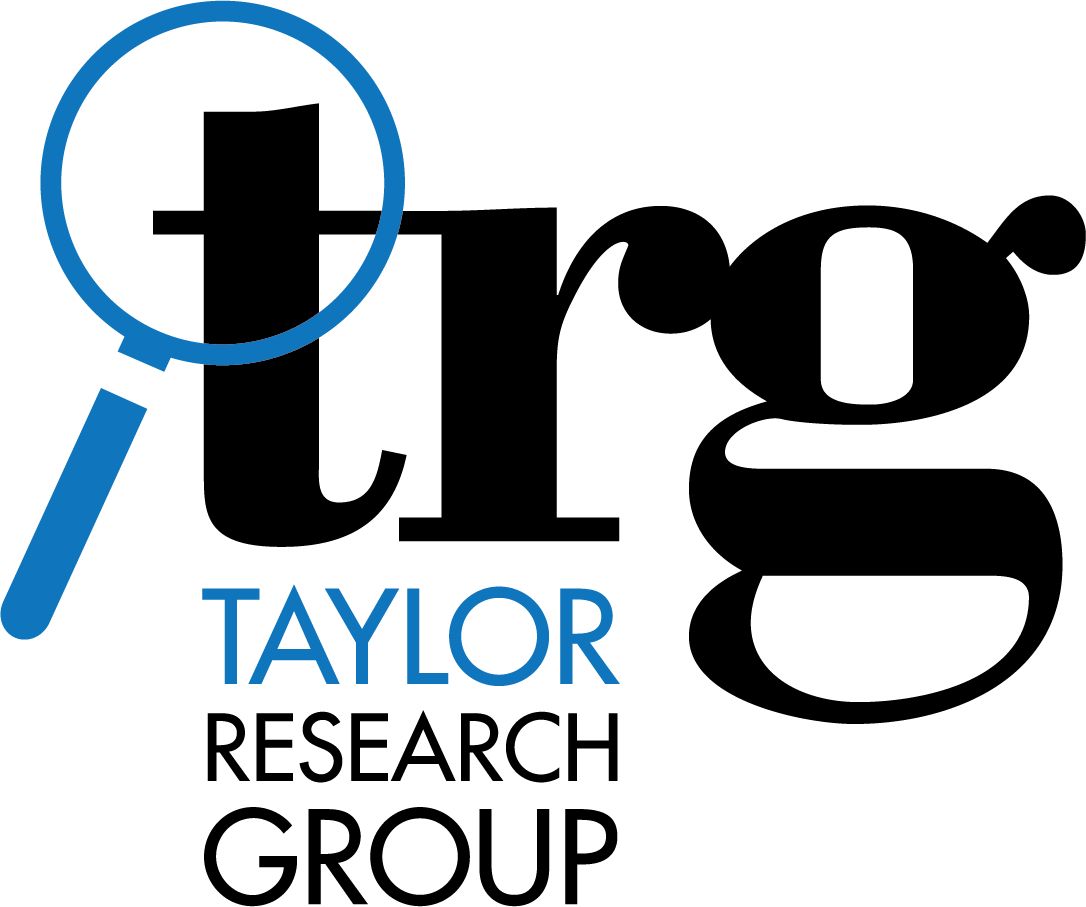Last week we began our series of blogs reflecting on material covered in the Impact of PFAS on Environmental Litigation (Virtual) Conference hosted by Perrin Conferences, with a look at the federal government’s recent actions to address PFAS in the environment. This week, we’ll take another look at military sources of PFAS contamination. TRG has been a pioneer in researching historical usage and disposal of PFAS end-products such as AFFF during the last decade. In the coming years, we expect our research into AFFF and other PFAS and PFAS-containing chemicals to continue to grow, as our current and future clients in both government and the private sector seek out our in-depth knowledge of the relevant federal, state, and local records and our ability to provide detailed information relevant to their cases.
PFAS: Bold Actions by EPA Expected to Create New Liabilities
When it comes to PFAS contamination liability, be proactive. That was one of several important messages conveyed at the Impact of PFAS on Environmental Litigation (Virtual) Conference hosted by Perrin Conferences, which Taylor Research Group (TRG) recently attended. Readers familiar with TRG’s work will know that research into PFAS end-product usage and disposal has been one of our specialties for many years now. Yet within environmental law these chemicals—the best known and most infamous being PFOS and PFOA*—have existed in a sort of limbo.
Bipartisan Infrastructure Law Unlocks Funds for EPA Cleanup Programs
The passing of the Bipartisan Infrastructure Law in November 2021 marked a historic day for federal funding of environmental programs. The law unlocked over $50 billion of funds to the Environmental Protection Agency (EPA), $5 billion of which will be utilized to address problematic Superfund and brownfield sites, abandoned mines, and old oil and gas wells.
Using Chronologies to Analyze Historical Site Issues
As part of the array of research services Taylor Research Group (TRG) offers, we regularly collect, review and analyze historical materials on behalf of our clients. Individually, each document obtained – a Sanborn map, a business charter, a railroad track chart, an inspection report from a regulatory agency – serves as one piece to a larger puzzle. When assembled, these factual pieces of information tell a unique story that assists our clients in myriad ways. Some want to fully grasp the range of factors that contributed to environmental problems at an industrial site, a manufacturing facility, a military base, a former rail yard, a waterway, and so on. Others seek to better understand their own nuanced corporate lineages. Whatever the goal, one of the most useful tools we employ to tell such stories is the chronology.
Exploring How the 1918 Spanish Influenza Impacted Public Libraries
December 2020 marks the tenth month in which COVID-19 has upended the daily lives of Americans. Throughout the duration of this crisis, we at Taylor Research Group (TRG) have sought parallels between our present experiences and the events of the 1918 influenza, the last pandemic to severely impact day to day life in the United States. As professional researchers that rely on archival repositories of all sizes – from local libraries to the Library of Congress – we were particularly curious as to how such spaces were impacted in 1918
Conducting Remote Research During COVID-19 Repository Closures
For the past 14 years, Taylor Research Group (TRG) has touted our ability to obtain obscure archival records on our clients’ behalf. In light of the continued closure of many repositories due to the COVID-19 pandemic, however, the textual documentation we routinely review is now largely inaccessible. As a result, we have spent the past few months honing our online research techniques and investigating digitized caches of historical records.
PFAS: As Litigation Expands, So Does Our Research
The list of toxic contaminants that spawn costly environmental litigation and propel our research projects expands constantly. One of the latest additions is the family of PFAS (per- or polyfluoroalkyl substances), which currently appear on track to have the same staying power in the world of toxic tort litigation as many of the other chemicals whose production and use we routinely document. Last year, Taylor Research Group highlighted our focus on two PFAS, perfluorooctane sulfonate (PFOS) and perfluorooctanoic acid (PFOA), which were ingredients in firefighting foam. Since that time, this family of so-called “forever chemicals” has gained increasing attention.
Did You Know? October Is American Archives Month!
There is more to October than falling leaves, pumpkin carving, and Trick-or-Treating. But, of course, you know this if you’ve been following us on social media! October is also American Archives Month, and we’ve been participating in its celebration in a variety of ways.
How to Crack Your Product Liability Case Using Historical Documentation
Product liability litigation – particularly the prominent billion-dollar verdicts against a manufacturer of talc-based baby powder – has been making headlines lately. The news that is still flying under the radar? The many archival repositories and libraries that hold the historical information you need to crack your product liability case.
PFOS and PFOA: Investigating Emerging Contaminants of Concern
Many of the research cases that we work on involve hazardous contaminants in soil or groundwater. Increasingly, that includes research into the usage and disposal of perfluorooctane sulfonate (PFOS) and perfluorooctanoic acid (PFOA). These chemicals are part of a larger group of chemicals called polyfluoroalkyl substances (PFAS), also called perfluorocarbons (PFC).
